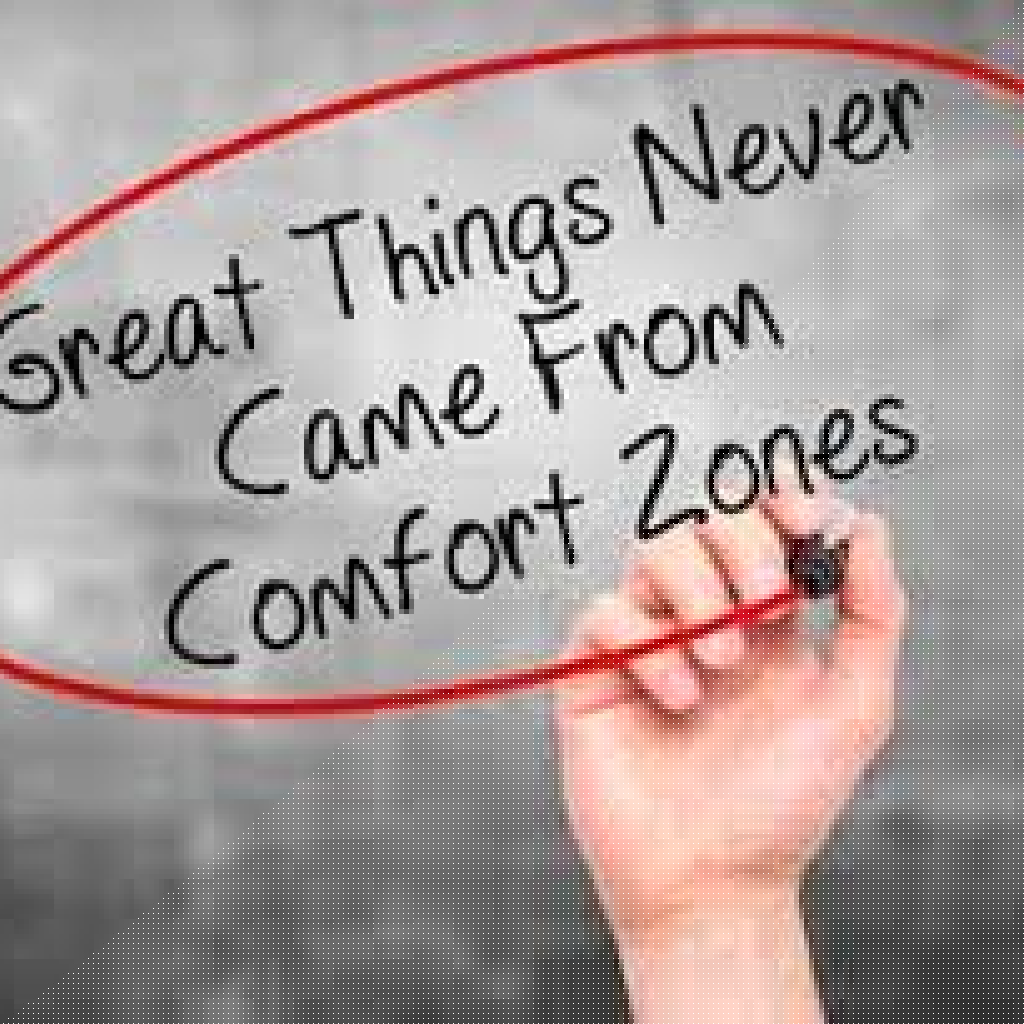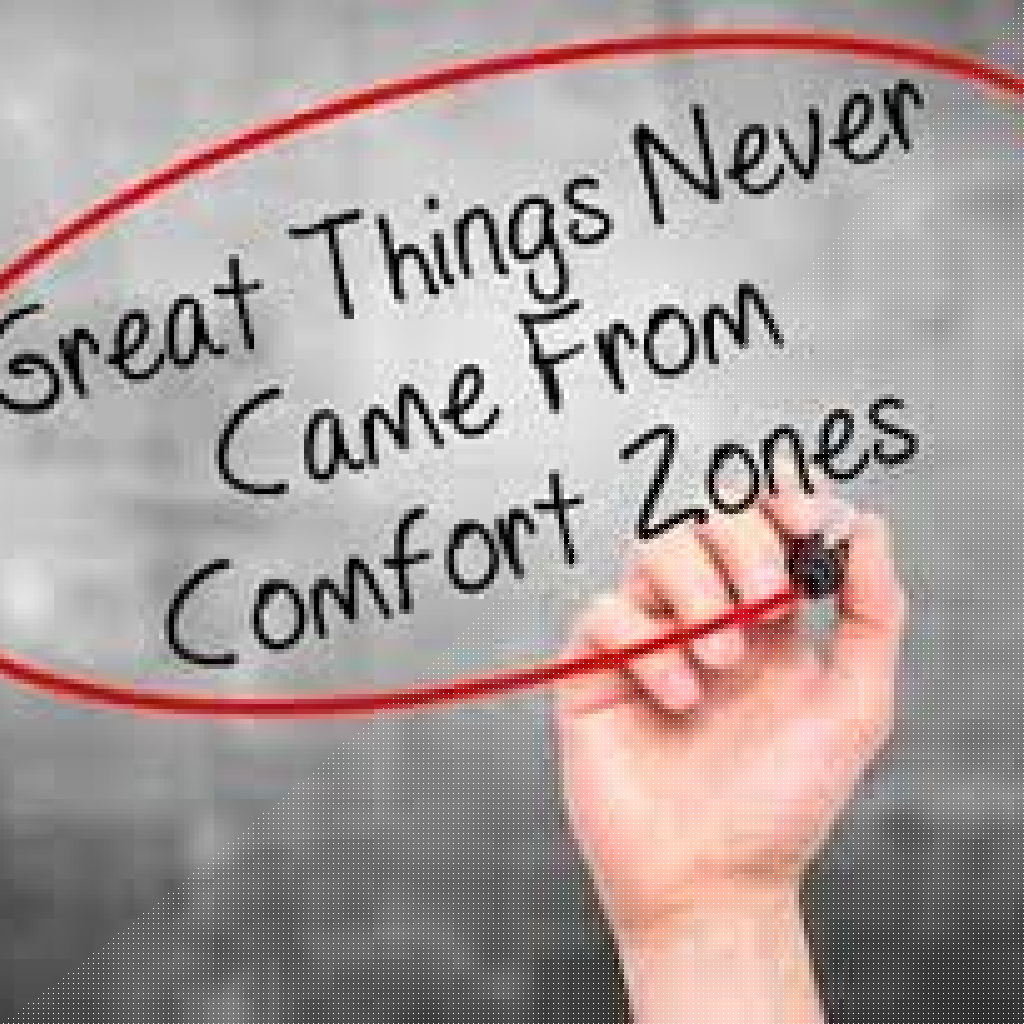Key Takeaways:
- Effective management practices can significantly enhance team performance and engagement.
- Prioritizing communication and relationship-building strategies is essential for creating a cohesive work environment.
In today’s competitive business landscape, hiring and training the right employees is critical for organizational success. Organizations must develop strategic approaches that not only attract top talent but also ensure their effective integration and development within the company. This article will detail essential steps for managers to implement successful hiring and training practices while addressing common challenges faced during these processes.
Understanding the Hiring Landscape
The first step to hiring effectively is understanding the current job market and what candidates are looking for. According to various surveys, modern job seekers prioritize an organization’s culture, growth opportunities, and work-life balance. To attract the best candidates, managers should position their organizations not just as workplaces but as career development platforms that support employee aspirations.
Crafting Compelling Job Descriptions
Once you know what candidates value, the next step is crafting job descriptions that resonate with these priorities. Avoid generic language and instead specify what makes your organization unique. Highlight career advancement possibilities, your commitment to diversity, and the support provided to employees for professional development. Precise job descriptions that include desired qualifications, job responsibilities, and benefits can streamline the hiring process by attracting candidates who genuinely fit the organization’s culture and values.
Implementing a Streamlined Hiring Process
A clear, efficient hiring process is essential for keeping candidates engaged. This includes a well-structured interview process and regular communication with candidates. Avoid long delays in the recruitment process, as candidates may accept other offers if they feel unrecognized or undervalued. Ensure that the interview stages are purposeful and allow candidates to showcase their skills while giving interviewers insights into whether the candidate aligns with the workplace culture.
Utilizing Behavioral Interviewing Techniques
One effective method during the interview process is behavioral interviewing. Rather than asking hypothetical questions, managers should focus on how candidates have handled challenges in past roles. This technique can provide insight into how a candidate might perform under pressure and whether they possess the problem-solving capabilities essential for the role they are applying for.
Fostering Engaging Training Programs
After successfully hiring employees, the next challenge is training them effectively to maximize their potential. Training plays a crucial role in helping new hires assimilate into the company culture, understand their roles, and perform their tasks efficiently. Managers should develop comprehensive onboarding programs that extend beyond initial orientation.
Creating a Structured Onboarding Experience
An effective onboarding program should last at least a few weeks. Start with an introduction to the company’s mission, values, and culture to instill a sense of belonging. Pairing new hires with mentors or more experienced employees can enhance their onboarding experience. This not only helps new employees acclimate more quickly but fosters relationship-building within teams, which is crucial for engagement.
Encouraging Continuous Learning and Development
Training does not end once employees are settled in. Managers should work to create a culture of continuous learning within their organizations. Offer opportunities for professional development such as workshops, online courses, or cross-departmental projects. This will keep employees engaged and motivated while enhancing their skills, which is beneficial for both personal growth and the organization’s prosperity.
Monitoring Progress and Providing Feedback
Regular feedback and performance reviews are vital components of employee development. At least once a quarter, managers should schedule check-ins to discuss goal progress, address challenges, and provide constructive feedback. Encouraging open communication will not only help employees feel valued but also assist them in correcting course and growing in their roles. Remember that feedback should be actionable, specific, and timely.
Measuring the Effectiveness of Hiring and Training
Future hiring and training strategies should be driven by data. Collect and analyze performance metrics to gauge the success of your hiring and training efforts. This can include key performance indicators (KPIs) related to employee satisfaction and retention, productivity levels, and the time it takes for new hires to reach proficiency in their roles. By continually measuring and refining your approaches, your organization can adapt to changes in the industry and employee expectations.
Conclusion
In conclusion, hiring and training employees requires a well-thought-out strategy that aligns with the modern workforce’s expectations. By clearly defining job roles, streamlining the hiring process, providing structured onboarding, fostering continuous learning, and regularly measuring success, managers can ensure that they not only hire the best talent but also cultivate a motivated and competent workforce. This approach will ultimately lead to higher performance, improved employee satisfaction, and sustained organizational growth.













